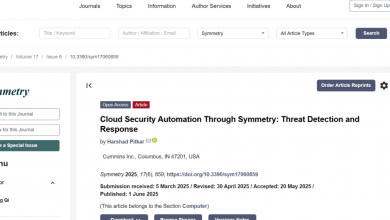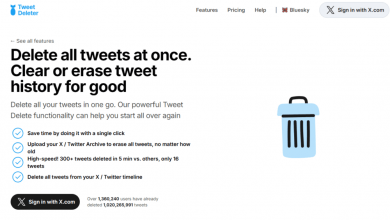Google doesn’t provide an official Google News API.

And if you are someone looking to get the latest news data at scale, then this guide will help you through.
No doubt that you can build a scraper in-house; however, there is a lot of maintenance that goes into it. And this article would also cover as to you should build an In-house news scraper or use a third party instead.
Further, we will help you understand how you can pick a News API for your specific use case.
Let’s get started!
How Businesses Are Using Google News APIs in the Real World
Data-driven automation is no longer seen as a futuristic thing. Yes, it’s now, it’s here, and it’s how modern teams are operating.
Roughly 65 % of organisations now run some form of automated data-collection or monitoring workflow to keep tabs on markets, competitors, and consumer sentiment. By 2026, 85 % of enterprises are expected to deploy AI-powered intelligence tools that depend on a steady stream of real-time content.
That’s a dramatic shift. If your product, report, or research pipeline needs a constant feed of headlines and articles, Google News API can slot seamlessly into your stack.
But one question comes up early: Do you spin up Chrome + proxies in-house or just plug into a third-party API?
Why You Should Use a Third-Party Google News API Instead of Building In-House
If you have a capable developer team, spinning up Puppeteer + proxies might look simple on paper. The real question: Do you want to maintain it forever? Here’s why outsourcing often wins:
-
- It’s way more complex than it looks.
Scraping Google News isn’t just “hit URL, parse HTML.” You must handle:- Dynamic SERP layouts and JavaScript rendering
- It’s way more complex than it looks.
- Geo-targeting parameters (gl, hl, ceid)
-
- CAPTCHAs and rotating fingerprints
- Pagination tokens and auto-scroll sections
- Rate-limit back-off and retries
What starts as a weekend script quickly becomes a full-time job.
- It never stops needing maintenance.
Google tweaks markup constantly; a CSS class change can break your data pipeline. Proxy pools burn out, CAPTCHA challenges evolve, and you’re on the hook 24/7 if you run it yourself. - Hosting and scaling are expensive.
Headless browsers chew RAM and CPU. At scale, you’ll need:- Dozens of containerised Chrome instances
- Queues to spread the load
- Logs, metrics, and fail-over logic
- You get advanced features.
Things like:- Built-in sentiment scoring or entity extraction
- Historical archive endpoints for back-testing
- Webhook delivery straight to your data lake or queue
- Dashboard usage analytics and spend alerts
Building each of these from scratch would take weeks per feature.
- Speed matters.
Plug-and-play APIs let you launch faster, iterate quicker, and prove ROI without dragging engineering into another maintenance loop.
Bottom line: unless your core product is news scraping, there’s no need to reinvent it from scratch.
How to Choose the Best Google News Scraping API for Your Use Case
Below are some factors on which you can access an API. You can run your tests on these parameters.
- Live, uncached results
The news data should be the latest, and as per the freshest Google index. The API must fetch Google News pages in real time, not from a stale cache. Every call should hit Google directly so you catch breaking headlines the moment they land. - Built-in anti-block stack
Google will throw CAPTCHAs, IP bans, and rate limits as soon as it senses aggressive scraping. A solid API hides all of that behind rotating residential proxies, headless browsers, and automatic retries.
- High, predictable throughput
When a product launch or major event triggers ten thousand keyword checks at once, one request per second won’t cut it. Look for an API that scales concurrency on demand and states its rate-limit tiers in plain language, so queues never back up and costs stay transparent.
- Clean JSON, you can pipe anywhere
The less post-processing you do, the faster you move. Uniform fields, title, link, snippet, source, publish_time, let you drop responses straight into BigQuery, Google Sheets, or a Kafka stream without brittle HTML parsing. Always request a sample payload and make sure it’s ready to use as-is.
- Transparent status page & real-time health checks – It is advisable to check the API uptime. A reliable provider should publish a public status dashboard that shows real-time latency, error rates, and regional outages.
Conclusion
The good thing with most of the APIs is that they offer a free trial, and that way, you can pick the best Google News API for your use case.
Read the documentation for each and test with the credits each one provides. You can also integrate each of them and see how they perform. Numbers don’t lie; the option that keeps your error log quiet and your engineers free to build features will stand out fast.
Once you’ve found that fit, lock in the basics: rotate keys, set spend alerts, and pipe the clean JSON straight into the store or dashboard your team already loves. From there, it’s all upside, fresher insights, happier stakeholders, and no after-hours CAPTCHA wrangling





